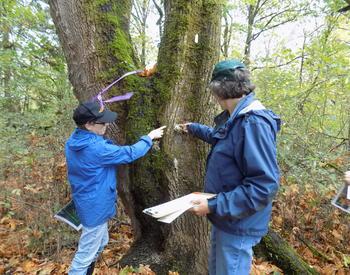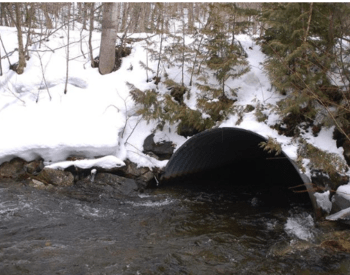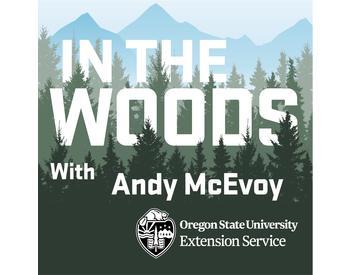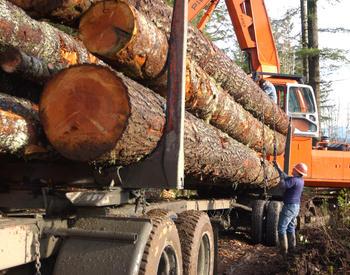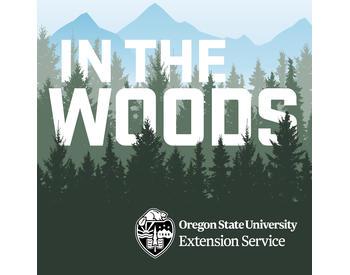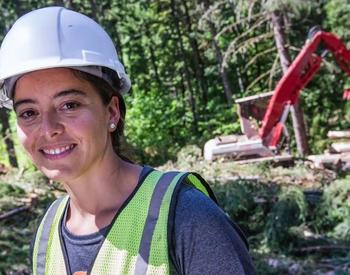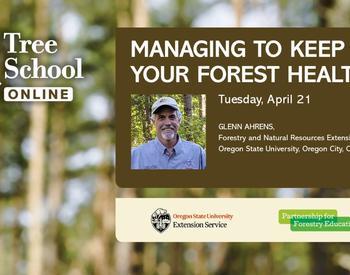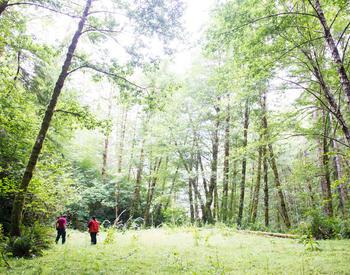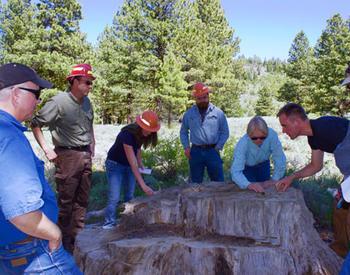I have many Douglas fir seedlings that sprout up on my property and I hate to pull them out. I also have a few that are a foot or two tall now. Would it be beneficial to anyone if I donated the seedlings/trees? I have maybe 12-24 or more per year, and so do my neighbors.
There are a number of aspects to consider regarding transplanting conifer seedlings. The first is the risk of moving unwanted invasive pathogens in the soil along with the seedling. Port-Orford-cedar root disease is an example of an invasive pathogen that can be inadvertently moved in soil and has has killed Port-Orford-cedar throughout its natural range. Weed species can also hitch hike to new locations via soil.
Additionally, there are variations in tree genetics throughout the range of Douglas-fir. Seed from trees grown near the coast would do poorly at higher elevations and vice versa, there are also shifts from north to south.
Landowners planting seedlings after harvesting or fire will want to make sure they plant good quality seedlings from the correct seed zone and elevation band. Nurseries that specialize in conifer seedlings have developed specific practices regarding sowing, transplanting, lifting and storage which result in a uniformly good quality seedling. Proper handling, transportation and planting are also critical to seedling survival.
Hopefully this puts your mind at ease regarding weeding out out seedlings that pop up in your gardens or other unwanted areas.
